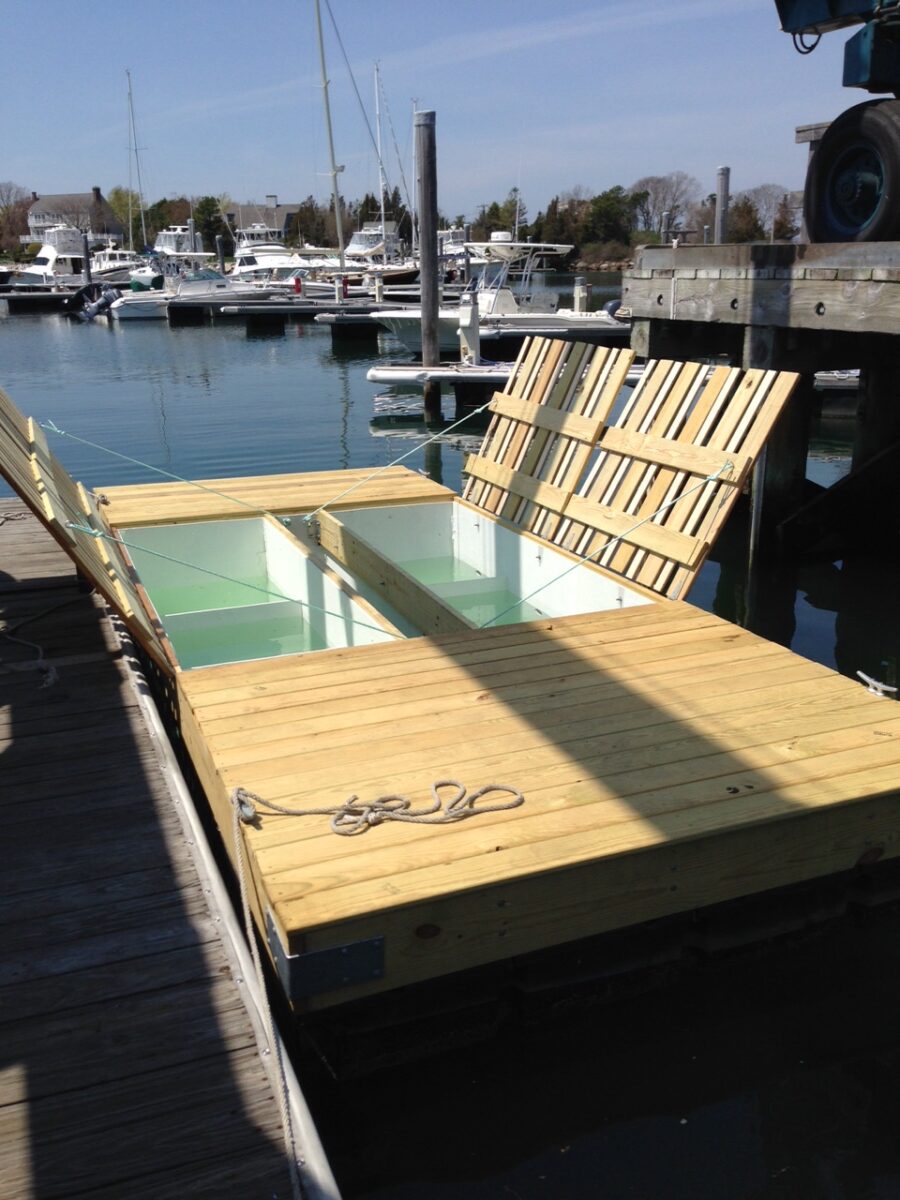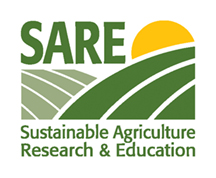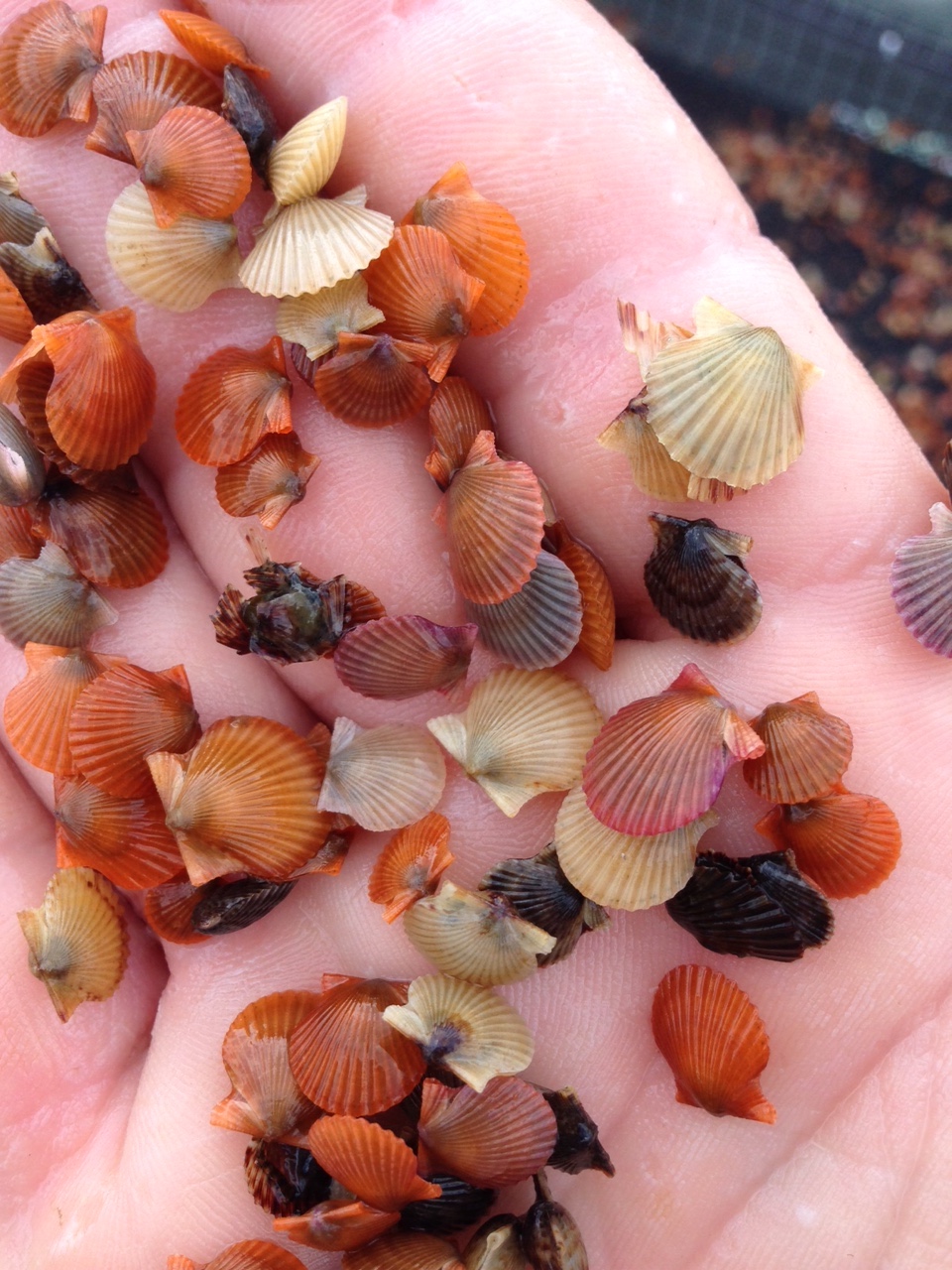
A new nursery system fills a missing link in the bay scallop production chain catalyzing new aquaculture operations and providing seed for the restoration projects.
I really believe in aquaculture as a form of employment and food production that can be done in an environmentally sustainable way. Helping to develop the industry has been one of the main priorities of my career. I strongly believe the goal of federally funded research is not to benefit me, or any one particular farm, so much as the industry and the country more broadly, and that is why success stories need to be widely shared. This project enabled so much beyond just our farm, and many more people out there are benefiting from the outputs of this project.”
—Dr. Daniel Ward, Farmer Grantee
The Broad Reach of Federally Funded Research
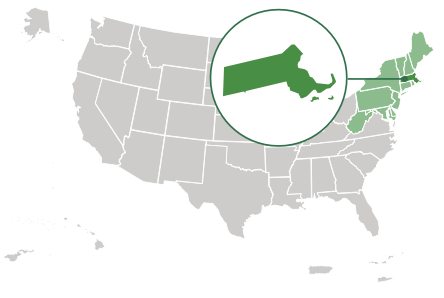
Region: Northeast
State: Massachusetts
Grant Type: Farmer
Grant: FNE16-861
SARE POST-PROJECT EVALUATION IMPACT MODEL
This evaluation impact model is specific to this SARE-funded project.
Sustainability Impacts
The project grantees and stakeholders contributed to the following sustainability impacts:
- Environmental sustainability impacts
- Economic sustainability impacts
- Production efficiency impacts
- Social sustainability impacts
Grantee Indicators
(Farmer)
Project grantees (defined above) achieved sustainability impacts by engaging with the following indicators through involvement with project activities:
- Increased knowledge/skills
- Increased capacity/motivation
- Increased engagement
- Practice change
- Career growth
Stakeholder Indicators
(Employees, Farmers, Researchers, K-12 Students)
Project stakeholders (defined above) achieved sustainability impacts by engaging with the following indicators through involvement with project activities:
- Increased knowledge/skills
- Increased capacity/motivation
- Increased engagement
- Practice change
- Career growth
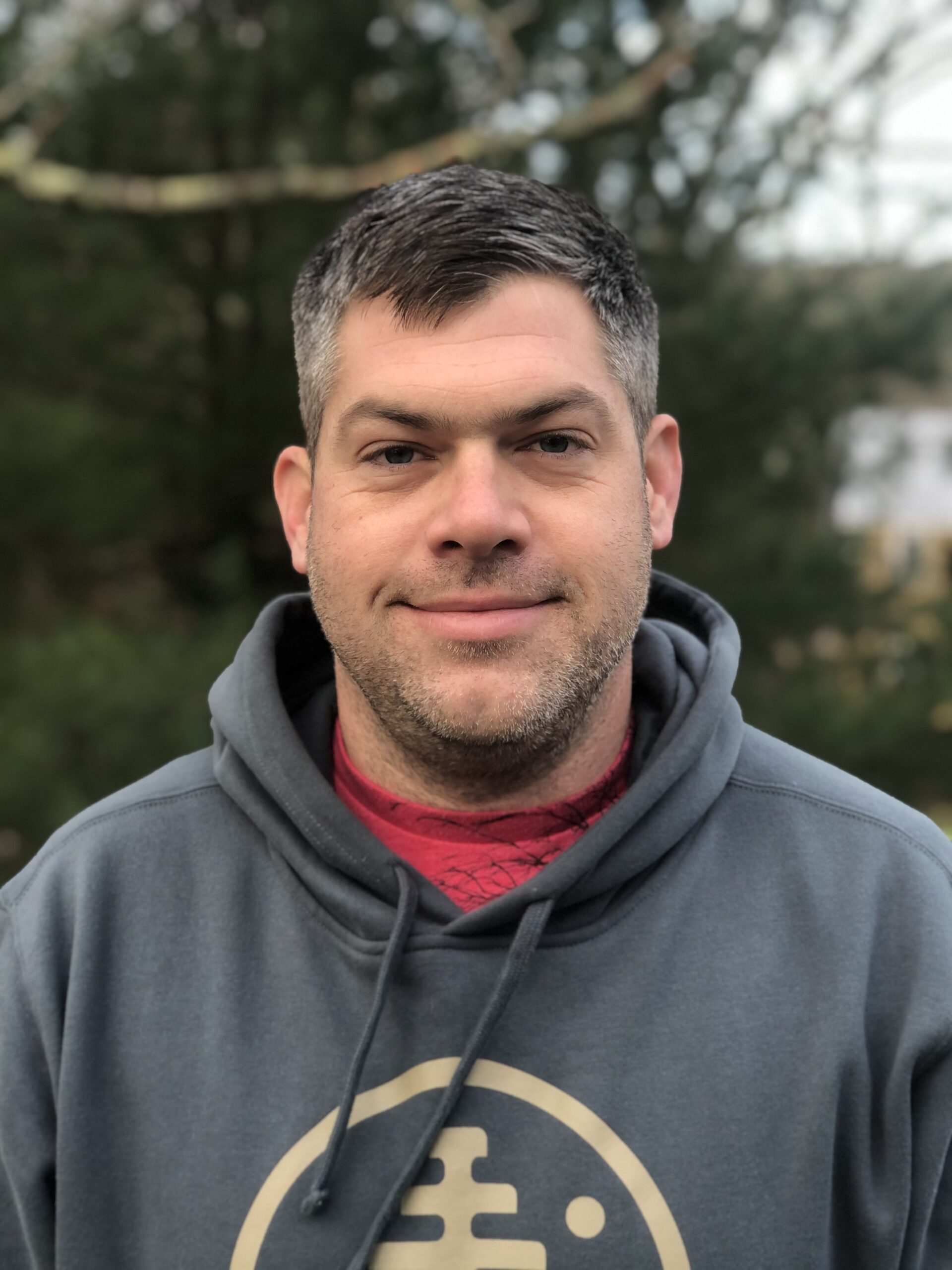
The Success Story
In New England, oyster farming is big business, yet seasonally supply can often exceed demand. Southern New England’s climate is ideal for bay scallop farming, a sustainable crop to farm that helps aquaculture farmers to diversify their enterprises. To grow them efficiently enough to earn a profit, bay scallops must be cultivated in a nursery system before relocating them to a growout setting with greater exposure to the elements. Dr. Ward filled this technology gap by developing a floating downweller nursery system that gives bay scallops the surface area they need to flourish. He then tested different stocking densities to determine the best way to optimize growth and survival rates.
Engineering a New Nursery System
We came up with a design with nested trays in blocks that allowed us to go from a normal oyster nursery system, which has about 32 square feet of surface area but a lot of volume, to one that has ten times more square footage with even greater volume. It allows us to optimize for the biology of what the scallop needs."
—Dr. Daniel Ward, Farmer Grantee
Grantee (Farmer) Highlights
Dr. Ward learned that bay scallops can be grown at very high densities with no apparent decrease in growth or survival as long as water flow and microalgal food is sufficient. Building from this knowledge, he has used the system at his business, Ward Aquafarms, to grow bay scallops through their entire lifespan, from fertilized eggs to shucked meats for market. Dr. Ward also improved the system design over time, increasing water flow by reversing its direction, which in turn increased the density of the shellfish that can grow in the system.
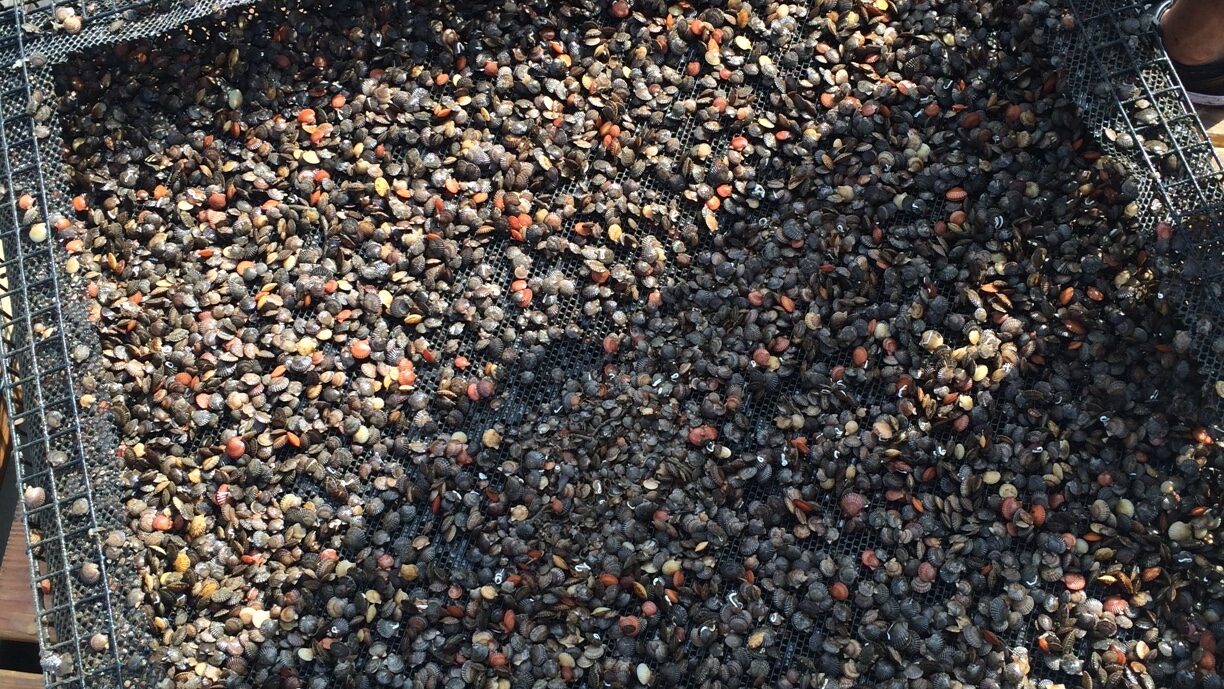
Other Stakeholder (Employee, Farmers, Researchers, K–12 Students) Highlights
Dr. Ward’s farm manager, Tobi Harrison, worked at Ward Aquafarms after completing a bachelor’s degree in Fisheries Biology at the University of Vermont. As Aquaculture and Research Operations Manager, Harrison contributed to all phases of the project including developing, building, and maintaining the nursery systems. He then secured a graduate student grant from SARE, which funded his master’s research on bay scallop macro-parasites at Dr. Ward’s farm. Harrison is now a bay scallop educator at Cornell Cooperative Extension in New York. In addition to the many farmers who are applying his nursery production method, Dr. Ward is propelling additional research by donating seed to various research labs, and one lab is studying the impact of ocean acidification from climate change. He also donates his scallops to private and public high schools where students use them in their science fair projects, and for educating students on the many benefits of aquaculture, both environmentally and to help domestic seafood supply. In addition, Dr. Ward regularly gives tours of his farm to students from preschool through college to raise their environmental awareness.
Inspiring The Next Generation of Scientists
Oysters, quahogs, and mussels don’t necessarily have a lot of personality. Since they can’t move very fast, or at all, they’re basically just like really tasty rocks in your hand. But scallops, they’re clapping at you, you can see their eyes, and I’ve noticed that whether they’re a six year-old, 16 year-old, or 60 year-old, they get so much more animated with scallops than they do about anything else that we grow or anything else I show them.”
—Dr. Daniel Ward, Farmer Grantee
Sustainability Impacts
The new knowledge generated through Dr. Ward’s project has enabled many other aquaculture farms in New England to incorporate bay scallops into their productions. His farm sells scallop seed to over a dozen aquaculture operations in Rhode Island, Connecticut, and Massachusetts. These businesses are increasing local dockside revenue, providing jobs, and helping increase farm security via diversification. They are also building up the local food production system by growing a local, sustainable protein source. Dr. Ward’s farm sells scallop seeds to four different towns in the area to propagate ecosystems where wild populations have died off due to overfishing or environmental degradation.
I wouldn’t be growing scallops at all without this grant, and I wouldn’t have moved into partnering with others to develop our hatchery. Like a lot of engineering projects, it’s theoretically possible but you don’t really know until you do it. To get to that first go/no-go point is expensive, and there’s only so much money any small business can throw at R&D.”
—Dr. Daniel Ward, Farmer Grantee
Sponsoring Research and Development
Barriers
With few shellfish hatcheries in New England, there is a shortage every year of seed for oysters, clams, and scallops. Hatchery startup is an expensive, risky undertaking. Beyond the significant materials and energy costs, it took multiple iterations to develop a functional system design.
Contributors
Dr. Ward holds a master’s degree in zoology and a PhD in environmental science and biology. He left academia to start a commercial farm where he has built partnerships with numerous agencies, institutions, and businesses including the National Oceanic and Atmospheric Administration, Woods Hole Oceanographic Institution, University of Rhode Island, University of Massachusetts, and McLane Research Laboratories. Among these diverse partners, Dr. Ward views SARE as an especially important aquaculture resource. He has successfully secured five SARE grants since 2010, including his most recent focused on tautog farming.
A Small Grant With A Big Impact
The entire SARE program has been great, and I really believe in their mission to enable farmers to drive the process and partner with academics, instead of the other way around. In terms of aquaculture funding, there’s not a lot available to us, and the fact that SARE offers these smaller amounts for farmers on the ground that know what innovations are needed most is unusual. Sometimes the projects farmers propose turn out great, and sometimes they don’t; but that’s research, and less than a 100% success rate is true for research completed by trained academics as well. The amount of money for each project is relatively small, and risk-reward-wise, it has led to an amazing return for our industry.”
—Dr. Daniel Ward, Farmer Grantee
